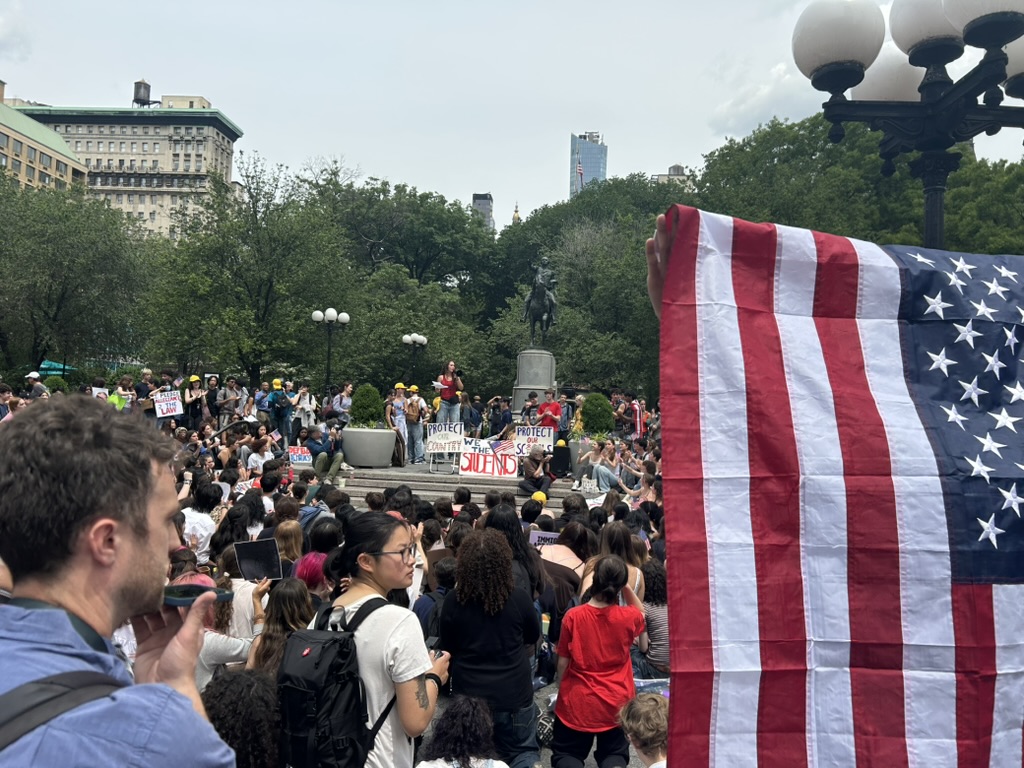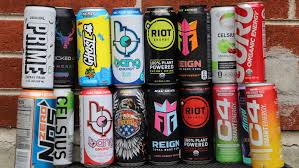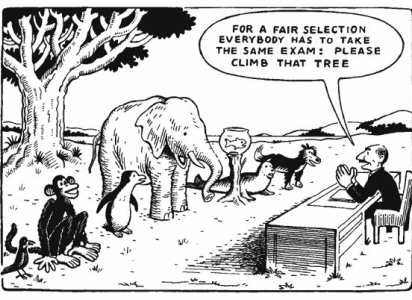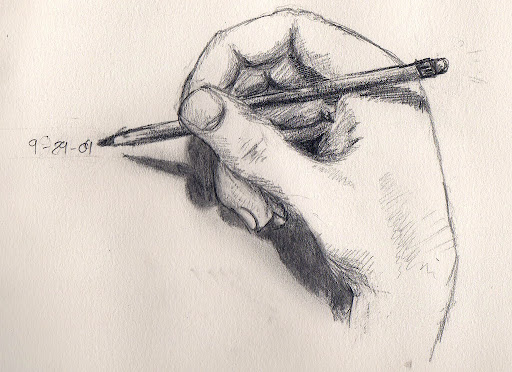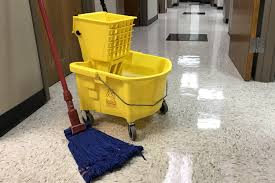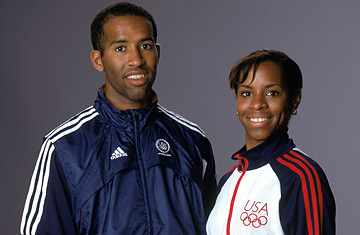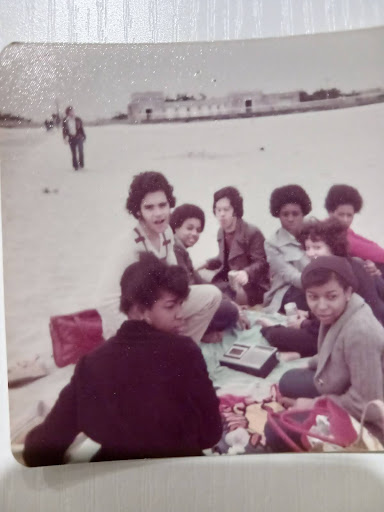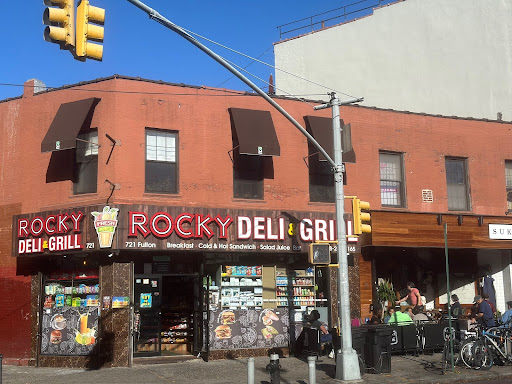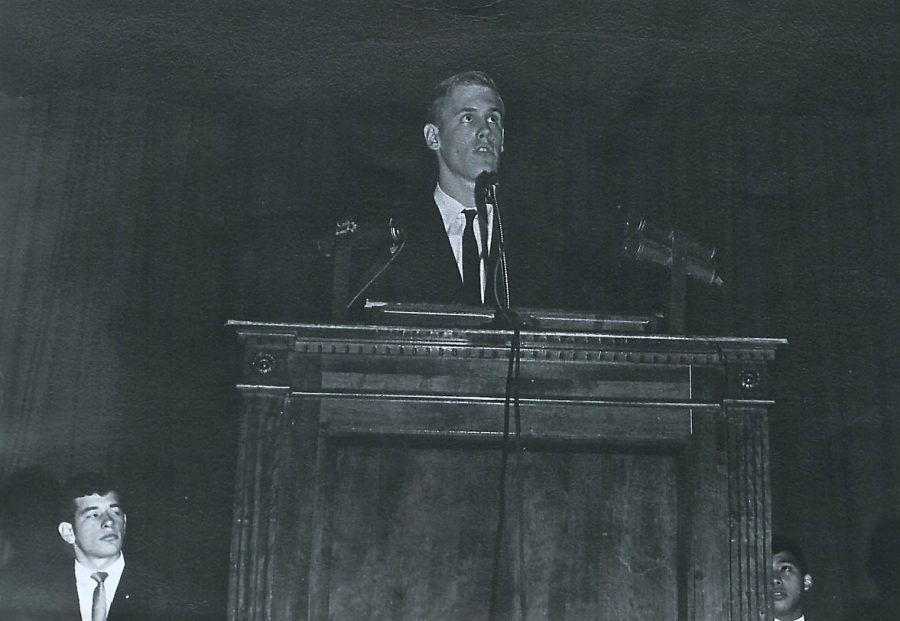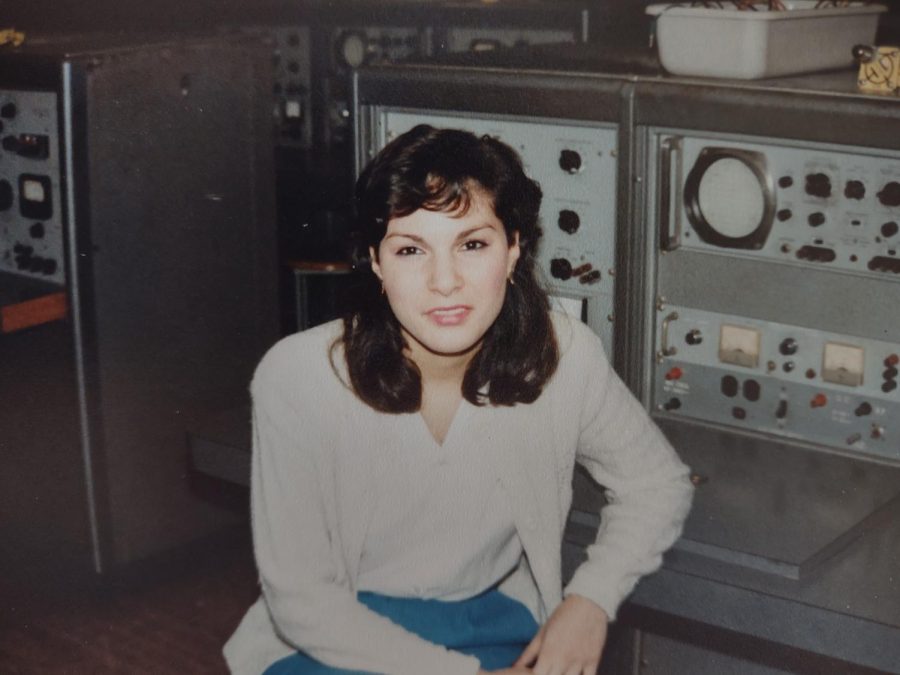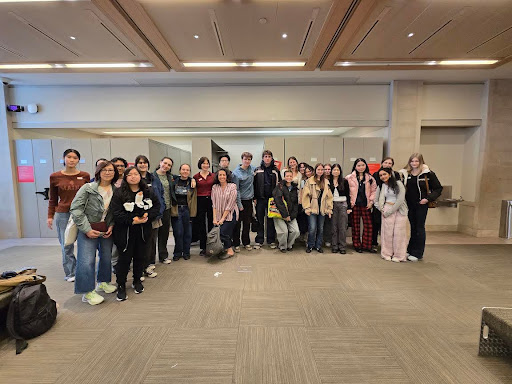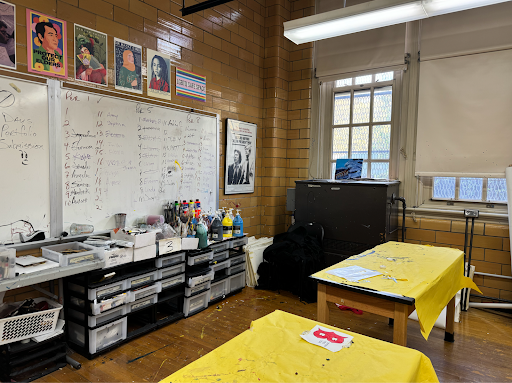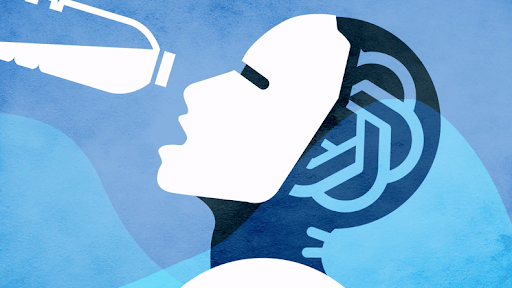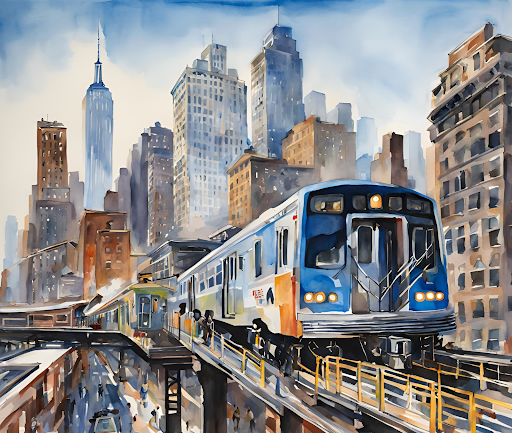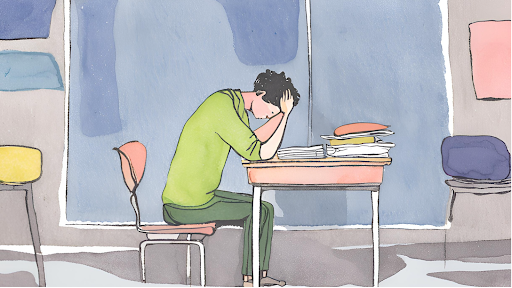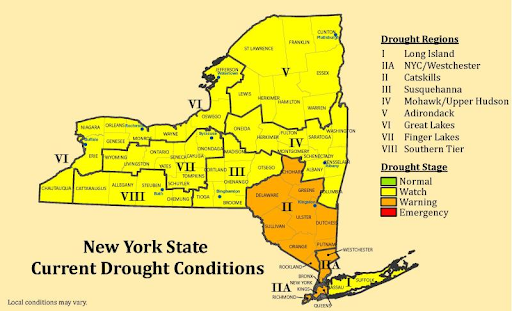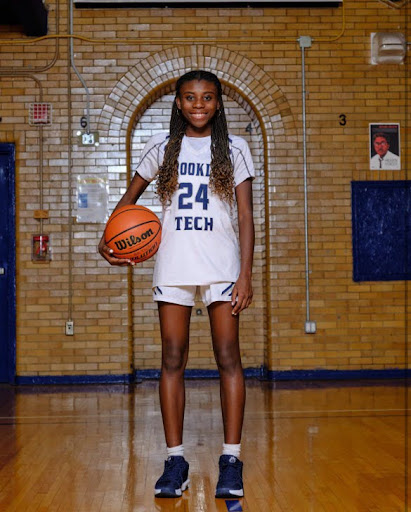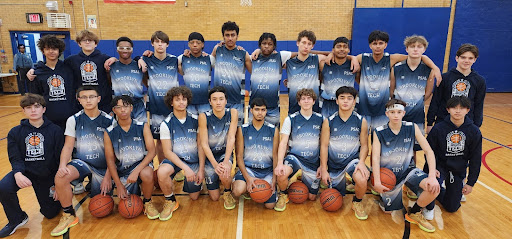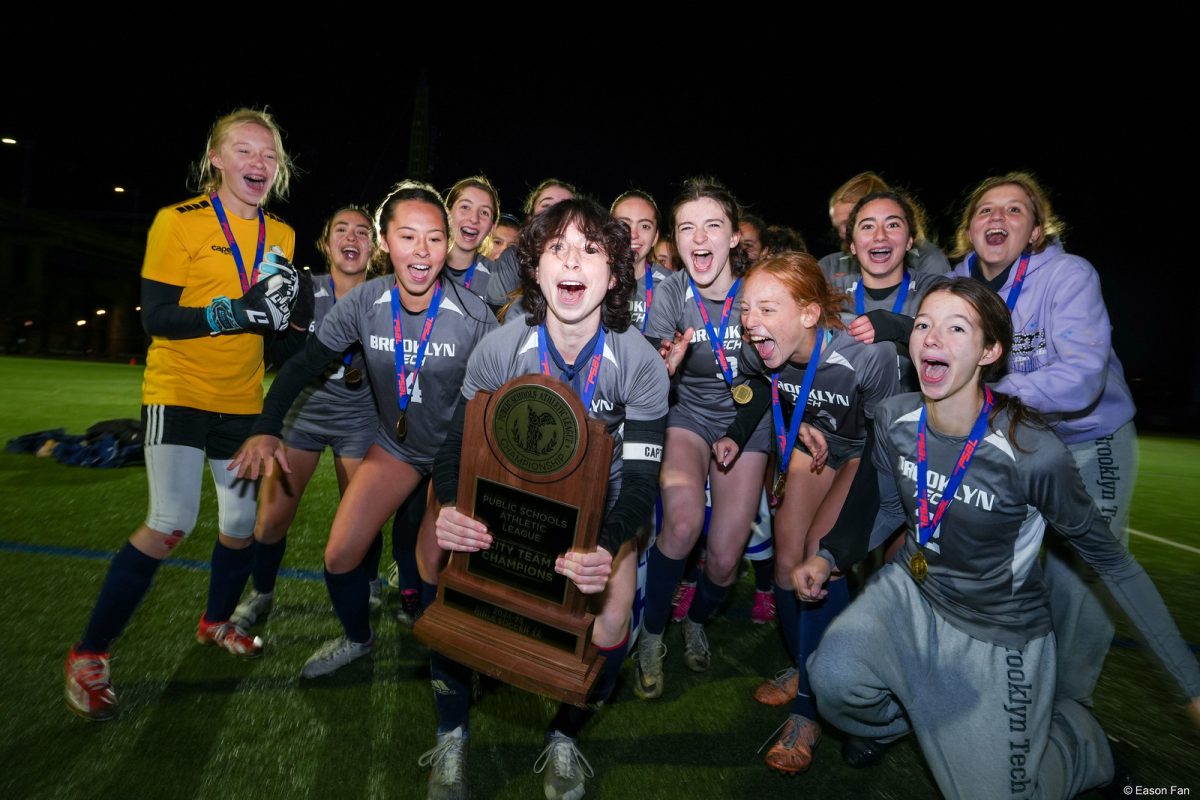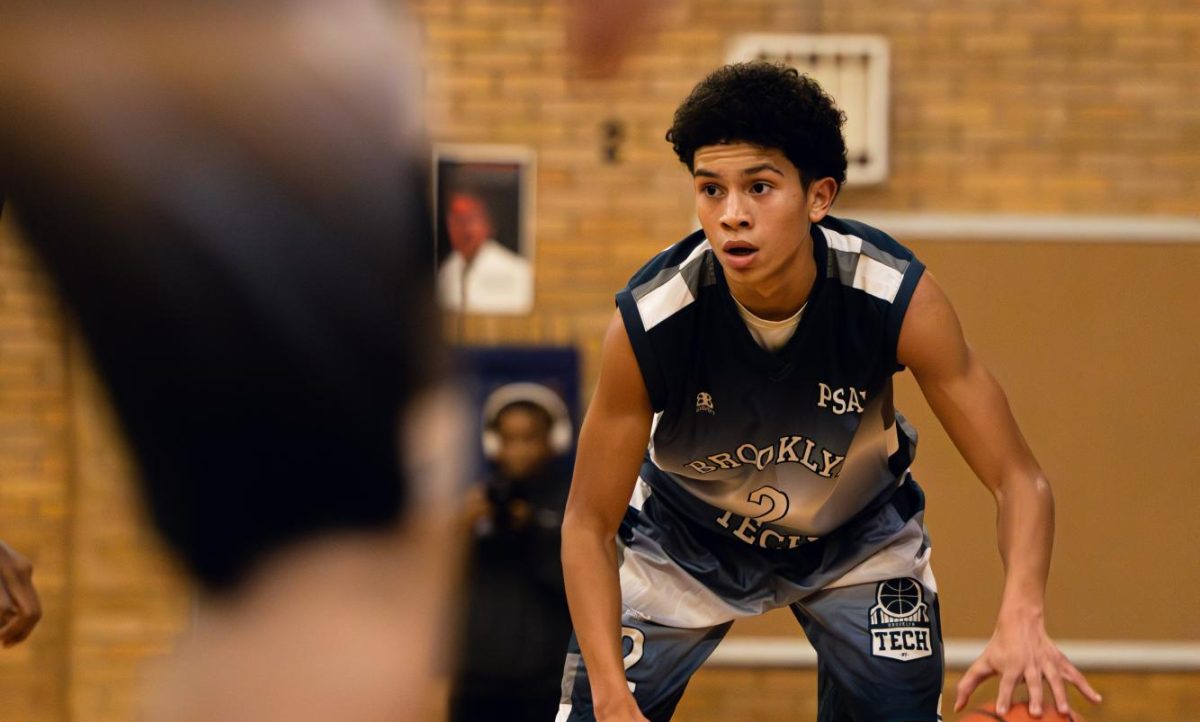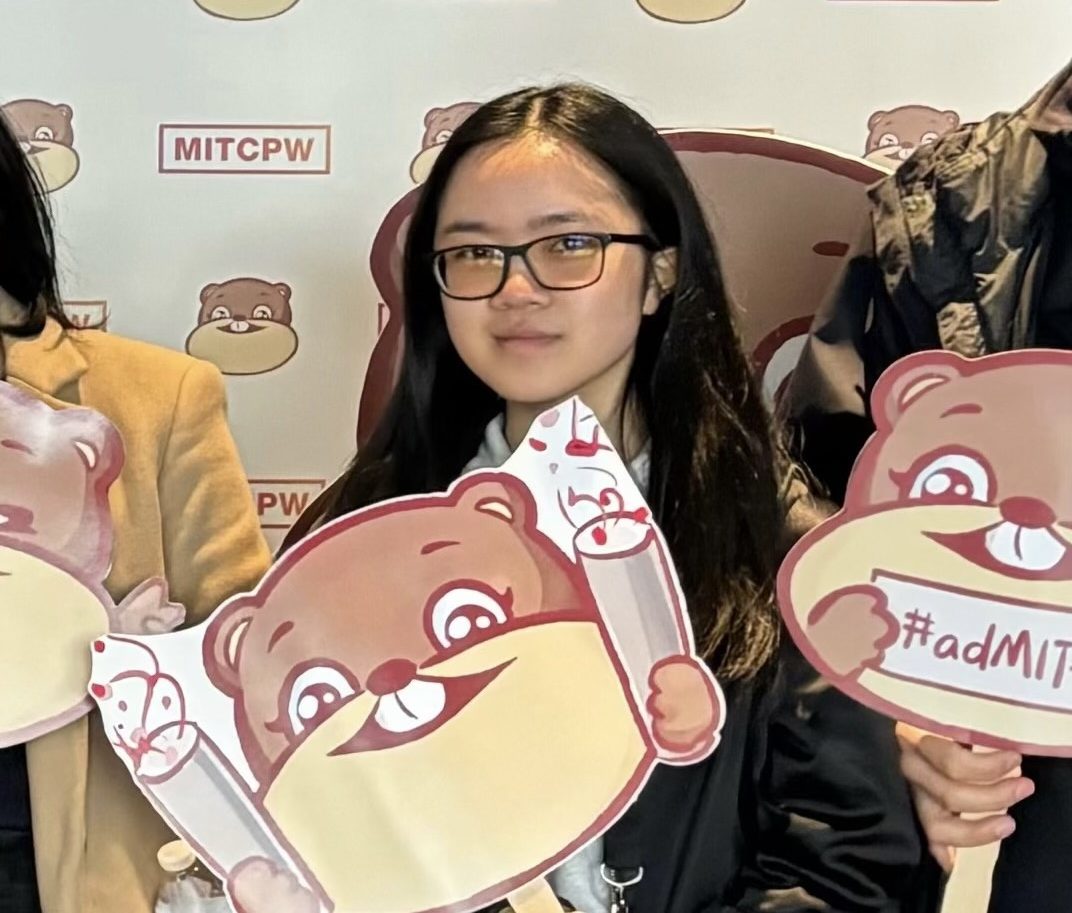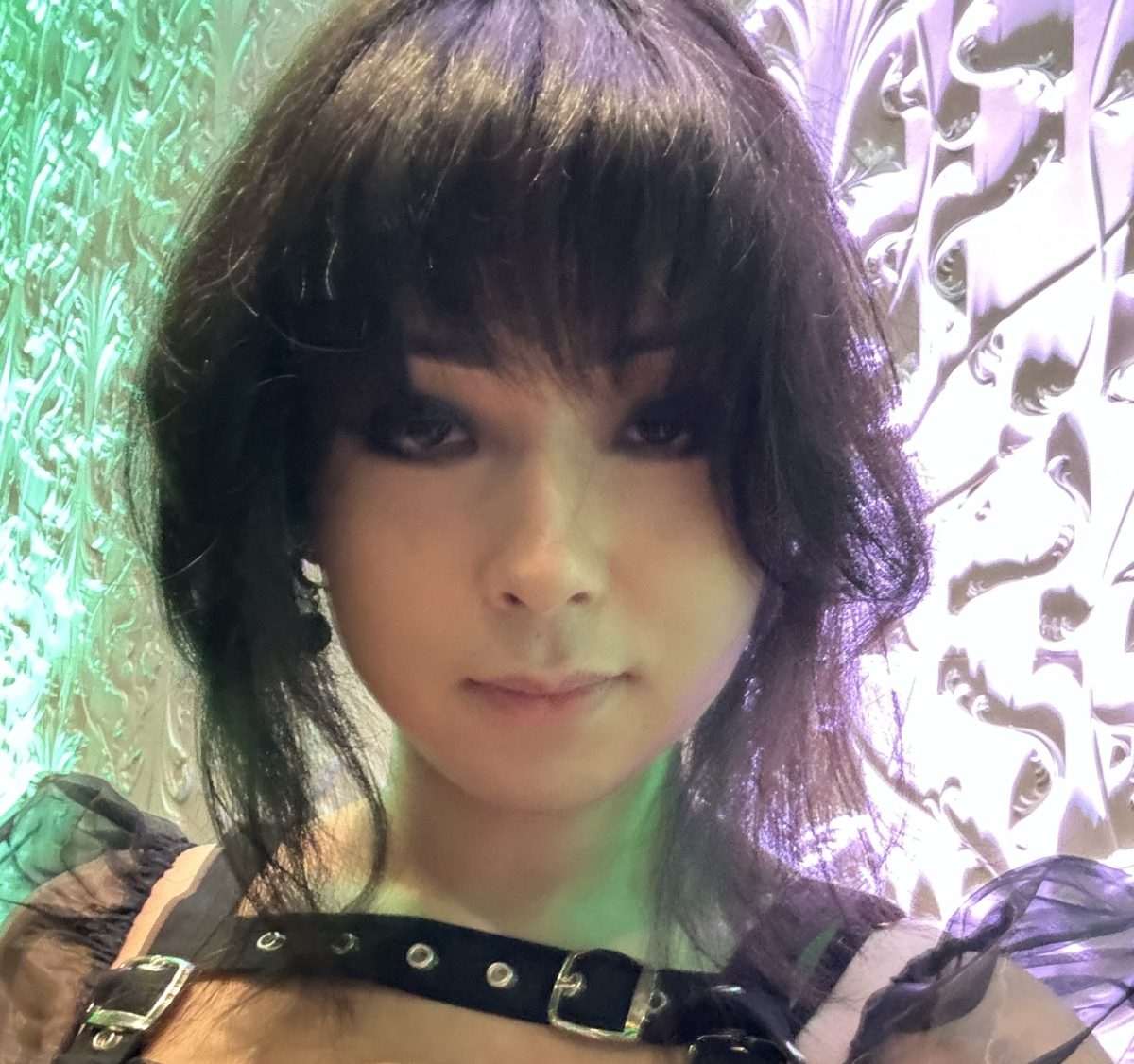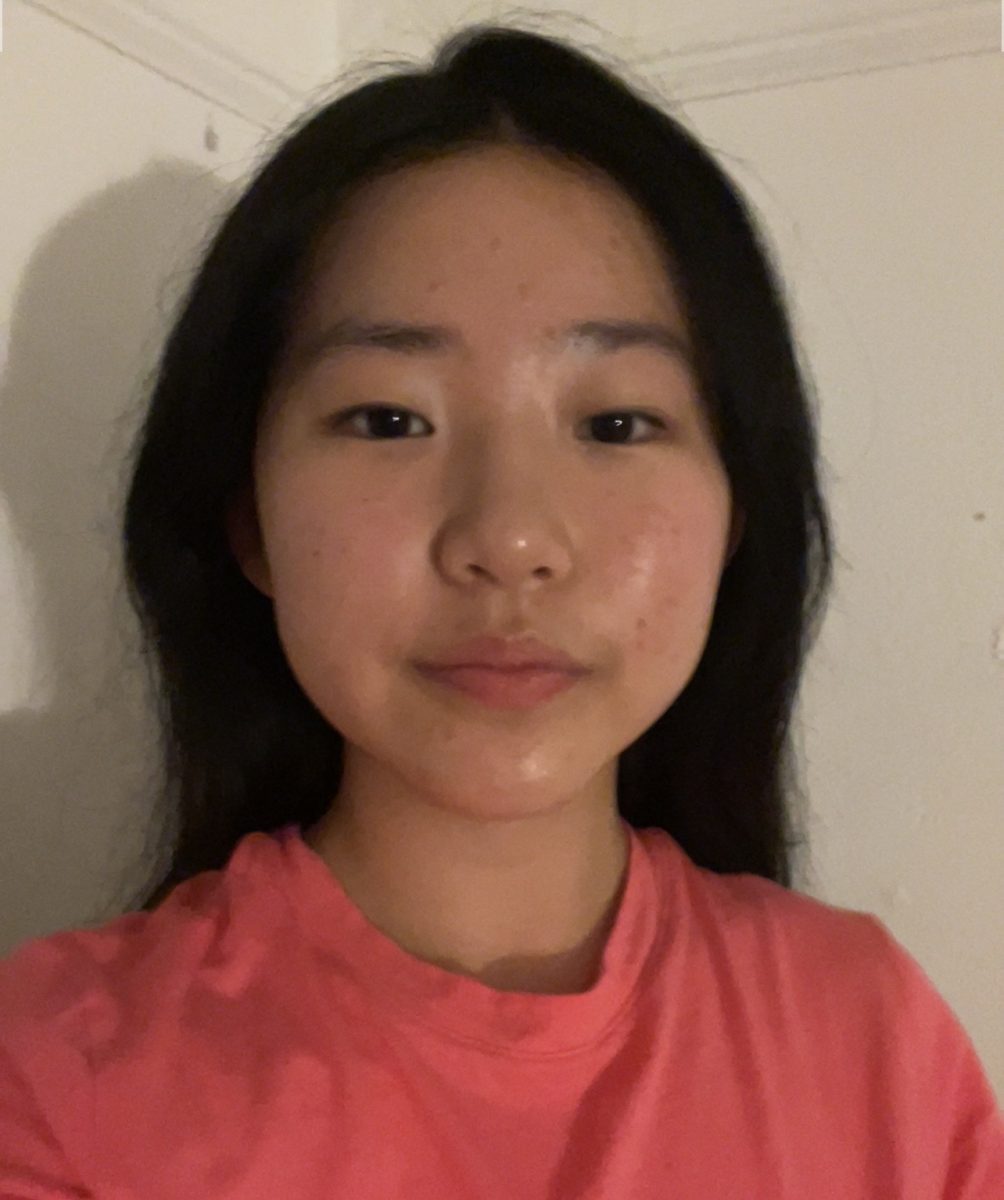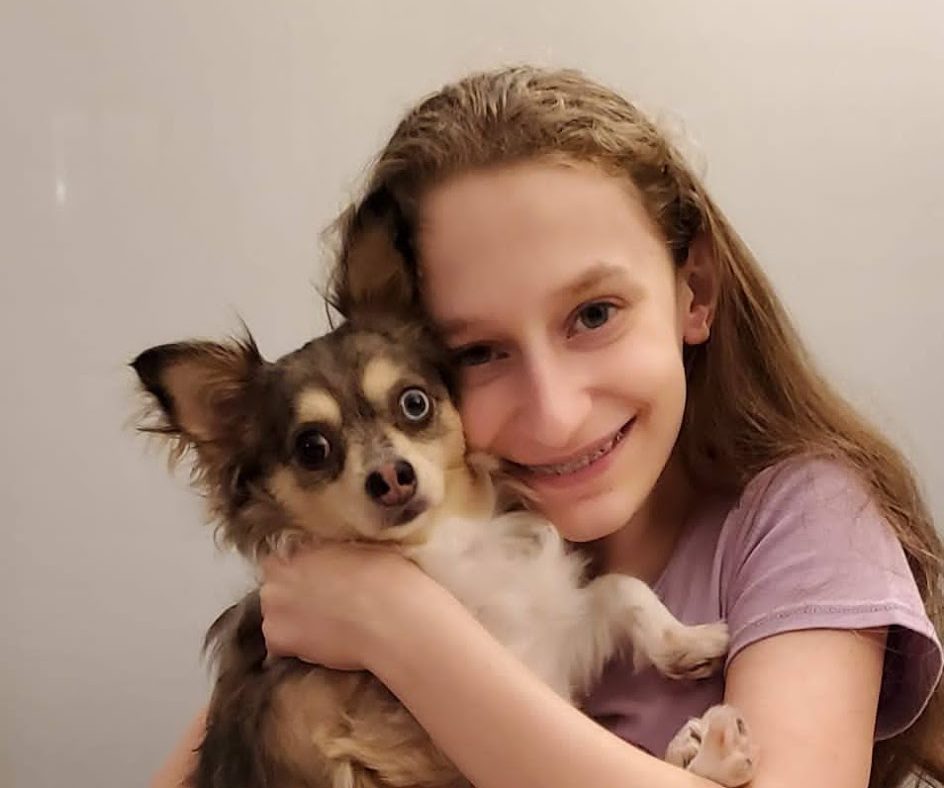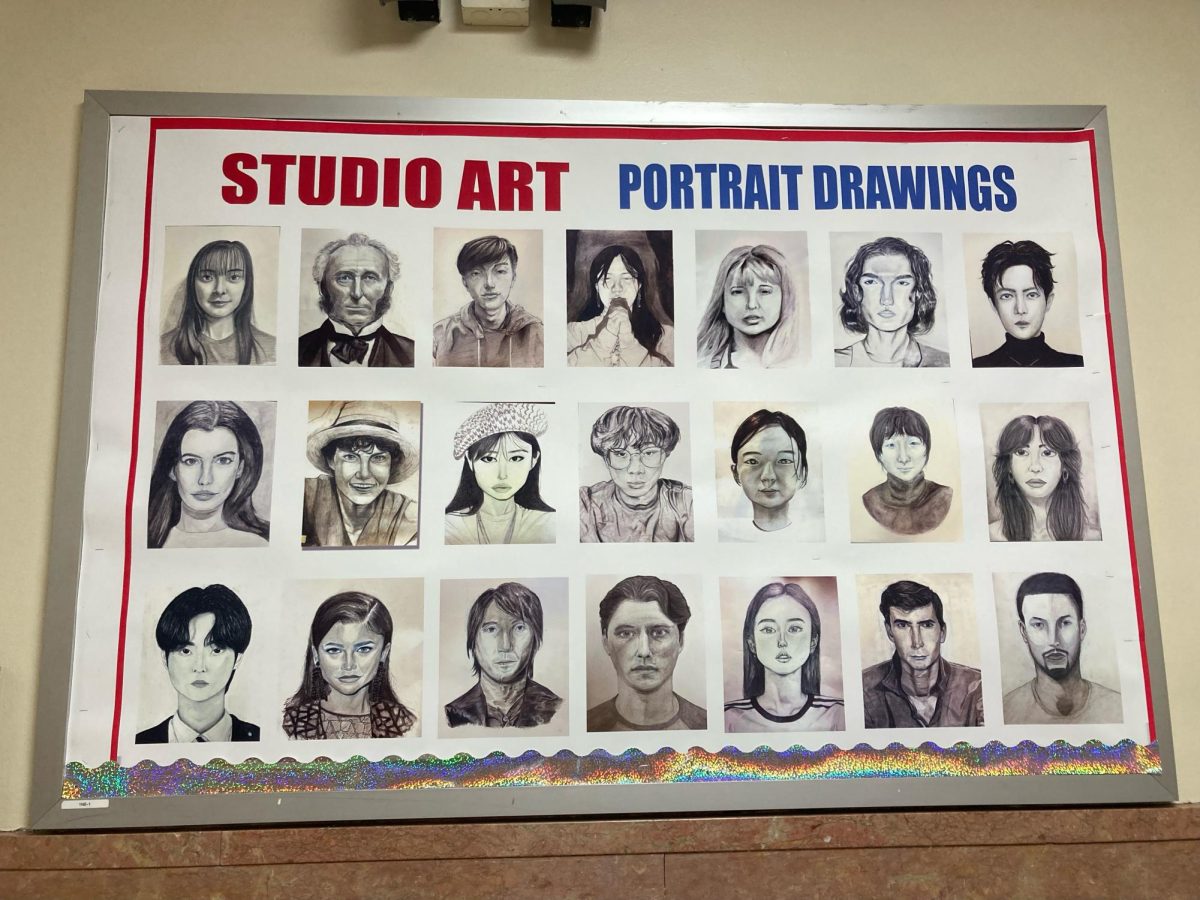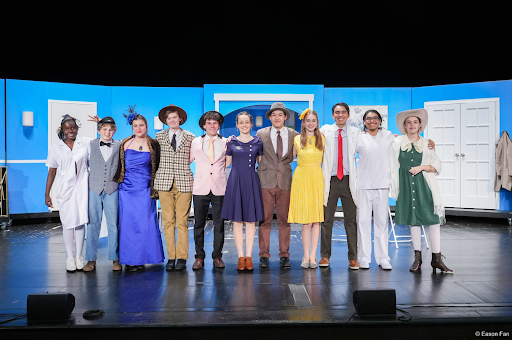Media plays a large part in communication in the 21st century in the form of advertisements, film, animation, and content creation on social media platforms. Traditional media is also widely prevalent, as seen with fine arts, newspapers, radio, and television.
Of Brooklyn Tech’s 18 majors, nearly all of them are STEM, with the Media Communications major being one of the few exceptions. The major provides an in-depth experience with communication and fine arts. Tech’s major is dedicated to the digital and traditional application of media and provides insight into many educational and career paths geared toward the creative liberties of design, drawing, filming, and animation.
In a poll conducted by The Survey, 53% of Media majors described their major classes as more laid back and flexible in comparison with other Tech classes. However, the classes are still rigorous. As a part of its Career and Technical Education (CTE) endorsement, students in the Media major are required to take three Adobe certification exams: Photoshop, Illustrator, Premiere Pro, and the optional Autodesk Maya, all of which are conducted through a company called Certiport.
As a CTE major, Media receives funding for equipment from New York State. The Print Production class is provided with a class set of Wacom Cintiqs (a combination of a monitor and a drawing tablet) and Wacom tablets. Using the Wacom Cintiqs, students can draw digitally. The film classes are provided with professional-grade equipment such as 4K cameras for videography, high-resolution DSLR cameras for photography, Logitech Yeti and Snowball iCE microphones, and lighting equipment for filming skits, commercials, and films. Studio Art is provided with many art materials such as oil paints, acrylic paints, and printmaking materials.
Students in the Adobe Visual Design and Print Production class work with Adobe Photoshop and Adobe Illustrator software, while students in the Adobe Visual Design and Film Production class work with the Adobe Premiere Pro software. In their junior and senior years, students in the media major spend the first semester learning one Adobe software, and the second semester learning the other. At the end of the semester, these classes culminate in the certification exams, each costing around $500, however, Tech handles these fees.
CTE certifications provide a level of qualification that gives employers in the media industry an understanding that students have software proficiency. In comparison with Advanced Placement (AP) exams, CTE certifications provide specific qualifications which media teachers note are more beneficial than AP when in search of internships or media-oriented careers. Mrs. Depinto says, “It is an actual skill you can document, compared to an AP, which is just college credit.”
The Media major also encourages and assists with finding internships through their Work Based Learning program. Some students have interned at places like film studios and companies such as Google.
Junior year for media majors consists of two classes: Studio Art and Adobe Visual Design and Print Production.
Studio Art is a major-specific class, which is a class that is only available to the media major. The class does not have tests or homework. Instead, throughout the year, students spend time in units, and at the end of each one–totaling 12 units, students complete a project using the skills they learned. Mr. Evan Schwartz, who teaches Studio Art, describes the class as fundamental to building a portfolio for art school.
Adobe Visual Design and Print Production works with Adobe Photoshop for the first semester, and Adobe Illustrator for the second semester, with Mr. Richard Depinto as the teacher. In Print Production, students learn to create logos and characters, essentially learning graphic design. Elaborating on this, Mr. Depinto says, “[the print production class is learning how to] manipulate imagery in a way that people don’t realize you’ve manipulated the images.”
During their senior year, students take AP 2D Art & Design (AP Studio Art), Digital Animation, and Adobe Visual Design and Film Production.
In AP Studio Art, students choose one subject or topic to culminate in fifteen art pieces by the end of the year. It is an independent, self-guided class where students get full autonomy in their choice of mediums, drawings, and topics.
In the digital animation class, students utilize the Autodesk Maya software for 3-D animating. Using Maya, one of the processes that students learn is rigging, a process of bringing to life sets and characters, giving said characters a skeletal outline.
In film class, students watch, create, and film commercials and films. Students write scripts, cast characters, and choose locations to film. Students then add details such as sound effects, effects on After Effects (an Adobe application), and edits to their films through Adobe Premiere Pro, a video-editing software. Film class, Mrs. Patricia Depinto describes, is where “[students] learn how to edit everything from a documentary to a narrative film, and we talk about the structure of [the films]: what it looks like, what you see in a documentary versus a narrative film, how things are laid out and structured, and how are shots done”. Mrs. Depinto teaches film and animation classes. At the end of the year, in an event called the Film Festival, open to the entire school, media students can display the films they have made in the auditorium.
Mrs. Depinto says, “[to get] comfortable with all the different kinds of software…[I] give students a little bit of each attribute of what is involved in media so they can decide if they like it.” A variety of classes gives students the chance to learn through multiple facets and decide what they lean toward. Students develop a wide range of skills from the skills acquired through the media major, meaning student portfolios are well-rounded. Recently, some of Mrs. Depinto’s students have had their portfolios showcased at the Javits Center in Manhattan. For instance, one student showcased their film and another showed their paintings.
“The junior classes in the media major [focus on] 2-D design, a lot of [Adobe] Photoshop, and Illustrator. They do some painting and drawing with a lot of different mediums, then in the senior year [have] the AP portfolio submission. [Seniors] do a lot with 3-D design, [as well as taking] the film and animation class. What we’re trying to do is give them a little taste of everything and get [them] comfortable with all the different kinds of software [to figure out] which area they want to pursue as well as having a well rounded portfolio.” says Mrs. Dipento
Mrs. Depinto says, “Media… has become such a marriage of actual art and technology because of the way we all approach it now.”

